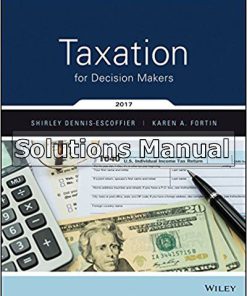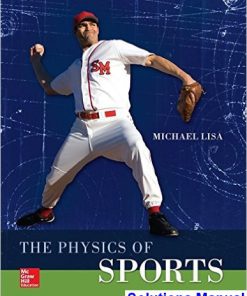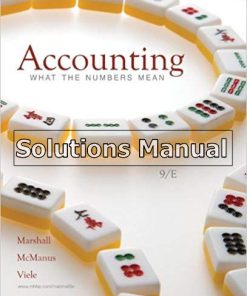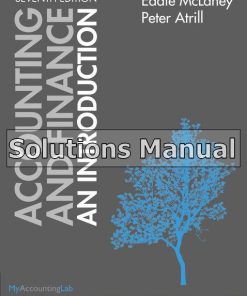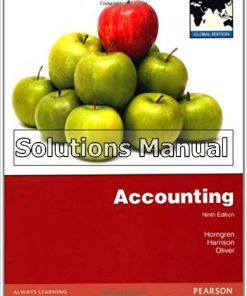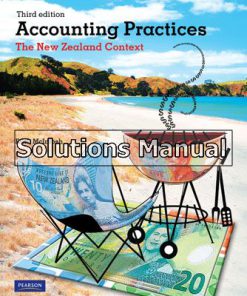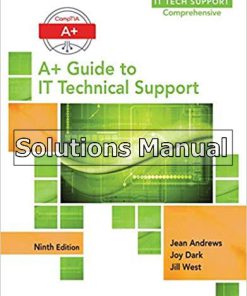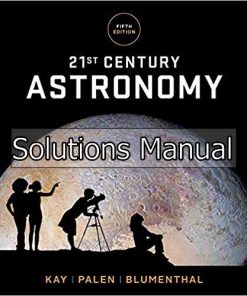Sports Economics 2017 1st Edition Berri Solutions Manual
You may also like
Instant download Sports Economics 2017 1st Edition Berri Solutions Manual pdf docx epub after payment.

Product details:
- ISBN-10 : 1464121729
- ISBN-13 : 978-1464121722
- Author:
Sports economics has become increasingly more statistically-driven and more open to behavioral economics. This shift away from traditional theory is reflected in this modern text as it uses sports statistics and real-world narratives to walk students through how conclusions are reached in recent research.
Table of contents:
Part I: The Basics of Sports Economics
Chapter One: It’s Just Supply and Demand
1.0 The Wonder of Sports Economics!
1.1 Perception and Reality Don’t Always Match in Sports!
1.2 The Marshallian Method
1.3 Marshall and the Demand Curve
1.4 Just a Matter of Time
1.5 The Marshallian Cross
1.6 What Determines Ticket Prices?
1.7 “The Decision” Teaches Us How Market Impediments Have Unintended Consequences
1.8 What is the “Right” Price?
1.9 The Many Stories “The Decision” Teaches
1.10 Deductive vs. Inductive Reasoning
Chapter Two: Market Size and Wins: Two Approaches to the Same Question
2.0 Why People Hate the Yankees
2.1 From the Law of Demand to Team Revenue
2.2 Debating Team Costs
2.3 Why Do the Yankees Dominate?
2.4 Market Size and Wins: The Data from Major League Baseball
2.5 Modeling Market Size and Wins in Professional Sports
2.6 Modeling Payroll in Wins in Professional Sports
2.7 A Basic Model of Wins in Professional Sports
2.8 A Simple Guide to Evaluating Empirical Models
Appendix: Very Basic Regression Analysis
Part II: The Organization of Professional Sports
Chapter Three: For the Money or the Glory?
3.0 Rational Choice in Economics
3.1 Revenue and Profits in Major Professional Team Sports
3.2 Monopoly Comes to American Sports
3.3 Europeans Embrace Competition
3.4 Elasticity of Demand
3.5 Price Elasticity and Sports
Appendix 3A: The Utility Maximization Model
Appendix 3B: The Math of Elasticity
Chapter Four: The Competitive Balance Defense
4.0 History of Owners Pleading Poverty
4.1 The Competitive Balance Argument
4.2 The Reserve Clause
4.3 The Reverse Order Draft
4.4 Simon Rottenberg Defends the Free Market
4.5 Salary Caps, Luxury Taxes, Revenue Sharing, Oh My!
4.6 The Noll-Scully Measure of Competitive Balance
4.7 A Simple Snapshot of League Institutions
4.8 Two Competitive Balance Stories
4.9 Balancing Evolution
4.10 Do Leagues Want Competitive Balance?
Appendix: Standard Deviation Made Simple
Part III: The Market for Labor in Professional Sports
Chapter Five: Labor Negotiations in Sports
5.0 “Babe Ruth is Overpaid”
5.1 Differing Views on the Overpayment of Professional Athletes
5.2 Unrestricted and Restricted Labor Markets
5.3 The Economics of Labor Conflict
5.4 A History of Making Fans Angry
5.5 Why Can’t Fans Hold a Grudge?
Chapter Six: The Economic Value of Playing Talent
6.0 Everyone is Above Average
6.1 Measuring the Productivity of the Hitter in Baseball
6.2 Measuring the Productivity of the Pitcher in Baseball
6.3 The “ERA Problem” in Hockey
6.4 Measuring Worker Productivity in a Complex Invasion Sport: The Basketball Case Study
6.5 The Scully Approach to Measuring Marginal Revenue Product
6.6 The Promise and Reality of MRP Measurements
6.7 A Simple Approach
6.8 The Free Market Approach
6.9 Back to Marx and Clark
Chapter Seven: Discrimination in Sports
7.0 A Brief History of Race in Sports
7.1 The Economic Theory of Discrimination
7.2 The Empirical Evidence of Wages Discrimination in the NBA
7.3 Learning from Implicit Bias
7.4 National Origin Bias
7.5 He Really Looks Good Out There!
7.6 Challenges in the Study of Discrimination
Appendix: Learning from Control Variables
Chapter Eight: Women and Sports
8.0 Non-Market Interventions in Women Sports Organizations
8.1 The Lesson Learned – and Not Learned – from Demand Data
8.2 The Gender Wage Gap in the WNBA
8.3 The Highest Paid Women in Professional Team Sports in North America
8.4 Are Men Really Better Leaders?
8.5 To Understand Gender and Sports, You Need to Look Beyond Markets
Appendix: Models of Gender and Sports
Part IV: Sports and Government
Chapter Nine: Economics of College Sports
9.0 The Highest Paid Public Employee
9.1 Some History of the NCAA
9.2 Competitive Balance and the NCAA
9.3 Even More Competitive Imbalance in Women’s College Sports
9.4 Worker Productivity and Exploitation in the NCAA
9.5 Coaching College Sports
9.7 Title IX Enforcement: Myth and Measurement
9.8 Profitability in College Sports
Chapter Ten: Subsidizing Sports
10.0 If You Build It, Does Anyone Benefit?
10.1 Economists Agree?
10.2 The Value of Sports – Industry Approach vs. Economic Theory
10.3 The Value of Sports – the Empirical Evidence
10.4 Government Ignoring Economists – at the Local and Federal Level
10.5 The Economic Cost of International Parties
10.6 Sports Make Us Happy
Part V: The Efficiency of Sports Markets
Chapter Eleven: Moneyball Off and On the Field
11.0 The Moneyball Story
11.1 The First Sports Economics Article Proposes a Rationality Test
11.2 Testing the Moneyball Hypothesis in Baseball and Soccer
11.3 Testing the Moneyball Hypothesis in Basketball
11.4 Moneyball in the Draft
11.5 Moneyball on the Field
11.6 Adam Smith vs. NBA Coaches
11.7 Systematically Evaluating Coaches
11.8 So do Teams need a Coach?
11.9 Moneyball? Well, it depends….
People Also Search:
sports economics research topics
sports economics degree
sports economics and finance
sports economics and management
sport economics analytics
sports and economics related
relationship between sports and economics pdf


